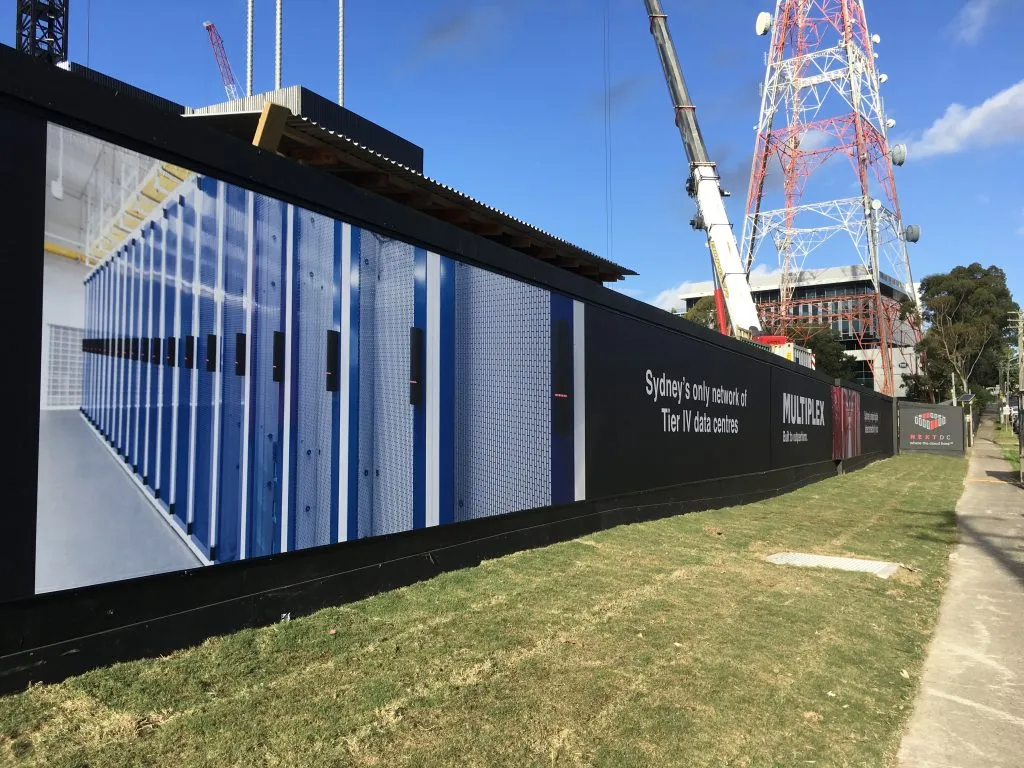Welcome to your comprehensive guide to construction hoarding! From understanding its crucial role in safety and security to exploring innovative materials and designs, this guide equips you with the knowledge to make informed decisions for your next project.
Hoarding Construction: A Closer Look
Construction hoarding, also known as site or building hoarding, is essential for any construction project. More than just a temporary fence, it safeguards workers, the public, and the environment while enhancing security and aesthetics.
Different Types of Hoarding: Tailoring to Your Needs
Choosing the right type of hoarding is crucial for achieving your project goals. Consider these options:
- A-Class Hoarding: The gold standard for safety, offering superior protection from dust, debris, and unauthorized access.
- Dust Control Hoarding: Ideal for projects generating significant dust, containing particles within the site and minimizing environmental impact.
- Privacy Hoarding: Provides a visual barrier, shielding construction activities from public view and maintaining privacy for workers.
- Decorative Hoarding: Transforms construction sites into visually appealing spaces, featuring branding, artwork, or project information.
Materials Matter: Exploring the Options
The choice of hoarding material directly impacts its durability, cost-effectiveness, and aesthetic appeal. Here’s a breakdown:
- MDF (Medium-Density Fiberboard): A budget-friendly and lightweight option, often preferred for indoor applications due to its smooth finish.
- Plywood: The workhorse of hoarding materials, known for its strength, water-resistance, and versatility for both indoor and outdoor projects.
- Laminate: Offers a sleek, polished appearance and exceptional scratch-resistance, ideal for high-traffic areas where aesthetics matter.
- EPS Panels (Expanded Polystyrene): Lightweight and insulating, these panels serve as temporary hoarding solutions or enhance dust control measures.
Why Hoarding is Indispensable: Benefits Beyond Boundaries
Construction hoarding provides numerous benefits, making it an indispensable element of responsible construction:
- Enhanced Safety: Protects workers and the public from falling objects, hazardous materials, and other construction-related risks.
- Reinforced Security: Acts as a deterrent against theft, vandalism, and unauthorized access, safeguarding materials and equipment.
- Increased Privacy: Shields construction activities from view, respecting the privacy of workers and minimizing disruption to the surrounding area.
- Improved Aesthetics: Enhances the visual appeal of construction sites, minimizing the impact on the surrounding environment and providing a platform for branding or community engagement.
Hoarding Gets Smart and Sustainable: Shaping the Future
The future of construction hoarding embraces innovation and environmental responsibility:
- Eco-Friendly Options: Utilizing recycled materials, sustainably sourced timber, or implementing practices to minimize waste.
- Technology Integration: Incorporating digital displays for real-time project updates, safety information, or interactive elements.
- Community Engagement: Using hoarding as a canvas to showcase local artwork, share project milestones, or foster dialogue with the community.
What are the different types of construction hoarding materials?
Selecting the appropriate material for your construction hoarding requires careful consideration of various factors, including budget, durability, aesthetics, and specific project requirements:
Factors Influencing Material Choice:
- Budget: Plywood typically offers the most cost-effective solution, while metal hoarding, although a higher upfront cost, provides long-term durability and reusability.
- Durability: Metal hoarding excels in harsh weather conditions and high-traffic areas, while plywood offers reliable performance for a wide range of projects.
- Aesthetics: Laminate provides a polished, sophisticated look, while printed mesh hoarding allows for branding and visibility.
Popular Hoarding Material Options:
- Plywood: The Versatile Choice
- Renowned for its lightweight nature, affordability, and suitability for both indoor and outdoor applications.
- Provides a reliable barrier against dust and debris while maintaining cost-effectiveness.
- Metal: The Durable Champion
- Offers exceptional strength, longevity, and resistance to the elements, making it ideal for extended projects and demanding environments.
- Presents opportunities for customization, allowing businesses to incorporate branding or project information directly onto the hoarding.
- MDF (Medium-density fiberboard): The Security Specialist
- Delivers exceptional sturdiness and impact resistance, making it the preferred choice for sites requiring heightened security measures.
- Surprisingly lightweight, simplifying transportation and installation despite its robust construction.
Making the Informed Decision
The optimal construction hoarding material aligns with your project’s specific needs and priorities. Consulting with a professional can provide valuable insights and guidance in selecting the best material for your unique circumstances.
How to Choose the Right Hoarding for Your Construction Project?
Selecting the right hoarding is crucial for establishing a safe, secure, and efficient construction site. Follow these steps to make an informed decision:
Step 1: Define Your Project Requirements
Begin by identifying your project’s specific needs. Ask yourself:
- Security: Is safeguarding valuable materials and equipment a top priority?
- Privacy: Do construction activities need to be shielded from public view?
- Dust Control: Will the project generate significant dust or debris requiring containment?
- Noise Mitigation: Are there noise level concerns that need to be addressed?
Step 2: Determine the Appropriate Hoarding Type
Based on your needs assessment, choose the hoarding type that aligns with your project requirements:
- A-Class Hoarding: Provides the highest level of security, privacy, and dust control, ideal for projects demanding comprehensive protection.
- Metal Hoarding: Known for its durability and resilience, offering long-term performance and the option for customization with branding or messaging.
- Printed Mesh Hoarding: Allows for visibility while maintaining a barrier, suitable for projects seeking to promote branding or display project information.
Step 3: Select the Optimal Material
Each hoarding material possesses unique characteristics influencing its suitability for different applications:
| Material | Pros | Cons |
|---|---|---|
| Plywood | Cost-effective, lightweight, versatile | Lower durability compared to metal or MDF |
| Metal | Durable, reusable, customizable | Higher upfront cost |
| MDF | Sturdy, impact-resistant, secure | Heavier, potentially more expensive than plywood |
Step 4: Prioritize Environmental Responsibility
Consider the environmental impact of your hoarding choice by opting for:
- Recycled Materials: Utilizing hoarding constructed from recycled plastics or other sustainable materials.
- Responsible Disposal: Planning for the reuse or recycling of hoarding materials upon project completion.
Step 5: Ensure Compliance with Regulations
Before erecting your hoarding, ensure adherence to local building codes, permits, and regulations governing hoarding installation and maintenance.
What Safety Regulations Govern Construction Hoarding?
Construction hoarding regulations are in place to protect workers, the public, and the environment. Understanding these regulations ensures compliance and fosters a culture of safety.
Legal Framework for Hoarding Safety
Key legislation governing construction hoarding safety includes:
- Health and Safety at Work Act (1974): Establishes the overarching framework for workplace safety, including construction sites, mandating measures to protect workers and the public from hazards.
- Construction Design and Management Regulations (2015): Provides specific guidelines on hoarding installation, requiring a certain height, structural integrity, and visibility to prevent accidents and ensure stability.
Critical Role of Hoarding in Safety
Construction hoarding serves as a critical safety barrier, fulfilling several vital functions:
- Trespassing Prevention: Deters unauthorized entry onto the construction site, protecting the public from potential hazards and preventing accidents.
- Restricted Access Control: Allows for the cordoning off of hazardous areas within the site, enhancing worker safety and controlling access to potentially dangerous zones.
- Hazard Containment: Acts as a barrier to contain dust, debris, and noise within the construction site, minimizing the impact on the surrounding environment and public health.
Hoarding as a Communication Tool
Beyond its physical safety benefits, construction hoarding serves as a communication platform:
- Warning Signage: Provides a prominent surface for displaying essential safety signs, alerting passersby and workers to potential hazards and safety procedures.
- Emergency Contact Information: Displays emergency contact details for the construction company and relevant authorities, enabling swift response in case of incidents.
- Project Information: Communicates project details, timelines, and relevant information to the public, promoting transparency and community awareness.
Benefits of Properly Installed Hoarding
Adhering to hoarding safety regulations yields numerous benefits:
- Enhanced Site Security: Deters theft and vandalism, safeguarding valuable materials, equipment, and the construction site itself.
- Improved Privacy and Aesthetics: Minimizes visual intrusion from the public realm, providing privacy for workers and improving the visual impact of the construction site on the surrounding area.
- Reduced Disturbances: Contains noise, dust, and visual disruptions within the site, minimizing the impact on nearby residents and businesses.
Prioritizing Safety through Compliance
Understanding and complying with construction hoarding regulations is paramount for ensuring the safety of workers, the public, and the surrounding environment. Regularly inspect hoarding to ensure its integrity and effectiveness in fulfilling its safety functions.
- Grass Forever in Livermore: Your Guide to Artificial Turf - April 22, 2025
- German Roaches vs. American Roaches: Key Differences and Control - April 22, 2025
- 150+ Flowers That Start With S: A Comprehensive Guide - April 22, 2025










